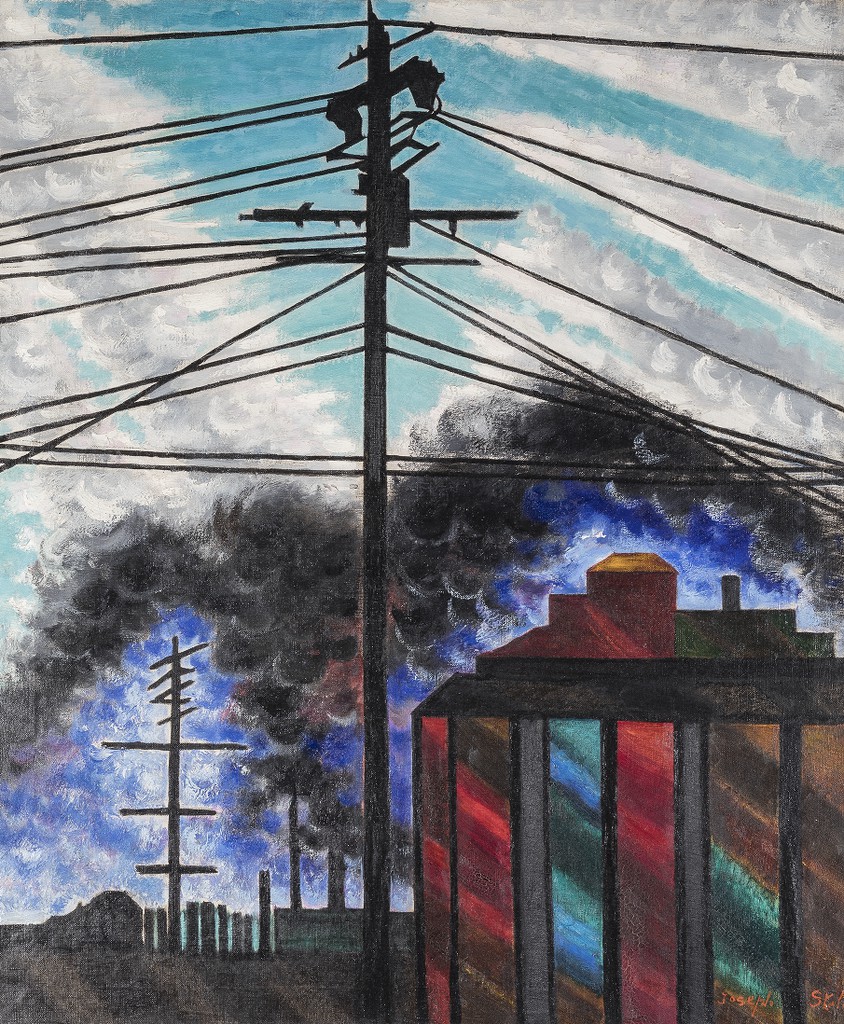Optimal electrical safety and reliability is strongly correlated with electrical maintenance — i.e. functional checks, servicing, repairing or replacing of necessary devices, equipment, machinery, building infrastructure, and supporting utilities in industrial, business, governmental, and residential installations. These activities take place either before or after a failure. In either case, normal maintenance is “likely” to expose electrical workers to hazard. In healthcare facilities, for example, there is risk of failure of backup systems (described in Article 517 of the National Electrical Code) unless maintenance is undertaken while equipment is live.
The trade-offs are well known. Because of optimal maintenance, we have a commercial airline industry. Because of optimal maintenance the United States has one of the most reliable power grids in the world.
In electrical power systems, equipment and systems that control energy are designed to work, perhaps, only once or twice dependably in 25 to 50 years; if that. Only safety-by-design and recommended maintenance can sustain the likelihood that safety and reliability expectations can be met. Electrical maintenance usually involves exercising breakers, testing trip settings, confirming signaling paths in controls, software and the like. Safety by design usually involves applying methods to minimize occupational hazards early in the design process, with an emphasis on optimizing employee health and safety throughout the life cycle of materials and processes.
There are several leading practice documents in this space; one of the first among them NFPA 70E Electrical Safety in the Workplace — a trademarked document available for use by the public:
You will likely find NFPA 70E incorporated by reference into federal occupational safety laws and in state-level electric utility regulations. The technical committees writing the 2021 revision met in August 2018 and again in July 2019 and produced the draft results linked below:
First Draft Report 2021 NFPA 70E
Second Draft Report 2021 NFPA 70E
Note the considerable “back-and-forth” on stored energy system, interactive, direct current and multiple source safety. There are others.
After the Second Draft Report is released for public review no later than January 22, 2020, NITMAM comments are due February 19th.
We usually coordinate our response to NFPA electrical safety consensus products with IEEE SCC-18 and IEEE Education & Healthcare Facilities Committee which meets 4 times monthly in European and American time zones. See our CALENDAR for the next online meeting; open to everyone.
Issue: [3-3], [18-135]
Category: Electrical
Colleagues: Mike Anthony, Tammy Gammon, Jim Harvey, Daleep Mohla, Joe Tedesco
*OSHA develops electrical safety documents of its own; the topic of a separate post since the jurisdictional politics are sensitive. CLICK HERE for a preview.
LEARN MORE:









